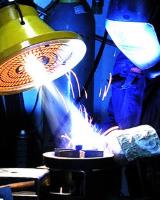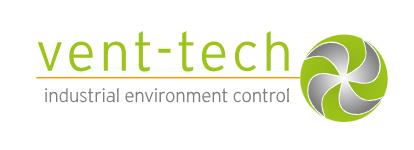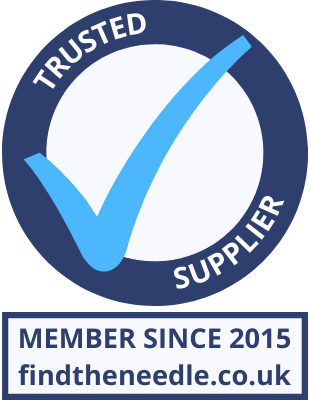 Add My Company
Add My Company
Sign In

On 14th January 2019 at the LEV Industry Regulatory Forum, hosted and chaired by ILEVE, the HSE announced that all welding fume is to be recognised as a cancer-inducing substance in humans. This change is of immediate effect and therefore has implications across the industry on how employers control welders’ exposure to welding fumes.
This change follows on from research by the International Agency for Research on Cancer, the research is published in their Monograph Volume 118 – Welding, Molybdenum Trioxide, and Indium Tin Oxide.
What Does the Change Mean for Employers in the Welding Industry?
The employer’s legal responsibility is to reduce the exposure levels of their workers and follow the procedures laid out in COSHH regulations specific to Welding exposure. These include:
Produce a Risk Assessment – an assessment of the processes and which personnel/operatives might be involved. If your company employs more than 5 people, the assessment must be made in written form. Actions from the risk assessment that have been identified must be put in place and adhered to.
Hierarchy of control – this must be followed when implementing and planning control procedures:
Fume Welding Process - Vent-Tech
Employee Training on Hazards and Control Solutions – As an employer, you must ensure all users are adequately trained not only on the dangers of welding fumes (gases and particles) but how to use the control solutions in place. The employee has a legal obligation to use the control measure correctly and report any issues with any equipment.
Thorough Examination and Testing of Control Measures – this must be done on a regular basis. LEV equipment testing must be carried out at least once every 14 months in accordance with HSE guidelines. LEV systems will also need to be maintained and serviced on a regular basis to keep your welders safe and ensure compliance.
Welding Control Measures and LEV Systems
Most companies that weld or cut metal will have some control and safety measures in place to protect their employees. The question is whether these measures are adequate and checked regularly for efficiency. The HSE provides task-specific guidance for welding which gives an overview of specific welding and cutting tasks and how to prevent exposure and inhalation of welding fumes. Task examples include:
Gas welding or brazing
Stick welding (manual metal arc)
Metal inert gas (MIG) and active gas (MAG) welding
TIG welding (tungsten inert gas)
Flux-cored arc (FCA) welding
Metal-cored arc (MCA) welding
Spot welding (fixed or hand-held)
However, every business is different, and the correct solution will depend on a number of factors taken into consideration. These include the type of welding, materials used in the process, the frequency of welding activity and the size of the workplace. Welding in confined spaces, for example, will require an entirely different approach and implementation of control measures.
The correct solution should fully adhere to current COSHH regulations. It is also important to think about the training of employees in understanding both the importance of the LEV system as well as understanding what regular checks need to be carried out on the equipment.
Adrian Sims, Director at Vent-Tech Ltd, says:
“The importance of an LEV system that provides adequate control of the hazardous substance is still not truly recognised by a number of businesses who both use and supply LEV systems. Employers may find that many of their existing systems are not compliant and that further engineering controls will be required to ensure worker safety.
With these new findings hopefully, it will help both employers and employees continue to understand that an LEV system is critical to the health and wellbeing of anyone working in an environment where welding takes place.”
How Can Vent-Tech Help?
Here at Vent-Tech, we have an expert team in place with years of experience in the safe extraction of welding fumes. Our approach is to provide a bespoke system of controls that apply specifically to your situation. Read our case study for the provision of welding fume extraction for a shipping company, where we have successfully protected 14 welders who work in confined spaces.
For more information and advice call one of the Vent-Tech team today on 0117 964 7945.
For more information on HSE Announce All Welding Fumes Now Recognised as Carcinogenic January 2019 talk to Vent-Tech Ltd
Enquire Now
List your company on FindTheNeedle.

